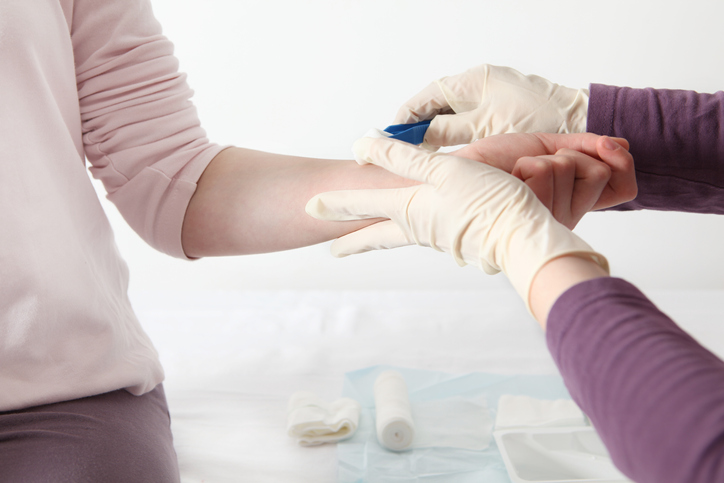Environmental Factors that Influence Wound Healing

By Bryan Galloway, MD | December 27, 2018
Every wound tells a story. It speaks to its own history of how it formed, how it is healing, and the patient as a whole. For us as clinicians, many of these stories become etched in our minds. We all remember the first time we treated an elderly patient with an advanced pressure injury, the chronic wound that we just could not get to heal, or the highly traumatic wound that was like nothing we had ever seen before. It’s these stories, which we carry with us to each new patient we treat, that connect us as clinicians and shape the way we advance the care we give.
Although I believe the future of wound care is rightly advancing toward a greater focus on prevention instead of reaction and treatment, we will never be able to prevent all wounds. Therefore, we must remain on the cutting edge of treatment with best practice techniques.
Out of the many advancements in wound treatment products, we have also seen great advancement in our understanding of wounds themselves. Countless factors influence the healing of wounds at all stages, but I would like to briefly focus on two factors on which we are making great strides in understanding the role they play in wound healing.
Microenvironment:
Temperature, moisture, blood flow and nutrient availability, pH, bioburden and more are all factors in the microenvironment within and surrounding a wound.¹ All of these factors come together to create an environment that is conducive or non-conducive to healing. We must tailor our treatment strategies with these factors in mind to each patient in order to drive optimal healing.
Think about:
- Which primary and secondary dressings can be left in place longer to maintain proper temperature and a moist healing environment?
- How am I addressing the nutritional needs for rebuilding this tissue?
Bioburden:
Although bioburden is indeed a part of the microenvironment, it is so important that it deserves a separate mention. Bioburden, including the level of planktonic bacteria and concentration of biofilm colonies, can turn an acute wound into a chronic wound and a chronic wound into a stalled wound.² As we learn more about how bioburden influences wound healing and refine techniques and products to break up and manage bioburden within the wound bed, we will continue to see advancement in the wounds we can heal.
Our understanding of the various factors impacting wound healing continue to expand. This also means our treatment strategies we employ will continue to advance. Tangible results will soon follow, and improved patient experiences and outcomes will be achieved. At the end of the day, it’s about combining our knowledge and best practice techniques to achieve the best outcomes possible for the patients we serve.
Expand your team’s wound care knowledge with the Factors Affecting Wound Healing webinar in January.
Sources:
1. The external microenvironment of healing skin wounds. Carla R. Kruse, MD1,2; Kristo Nuutila, PhD1; Cameron C.Y. Lee, BS1; Elizabeth Kiwanuka, MD, PhD1; Mansher Singh, MD1; Edward J. Caterson, MD, PhD1; Elof Eriksson, MD, PhD1; Jens A. Sørensen, MD, PhD2. Wound Repair and Regeneration. April, 2, 2015.
2. Deconstructing the stalled wound. Widegerow AD. Department of Plastic Surgery, University of the Witwatersrand, Johannesburg South Africa and Adar Science, Irvine, CA. Wounds: a compendium of clinical research and practice. March 24, 2012.
Bryan Galloway, MD
Clinical Specialist with Clinical Services Division
Bryan Galloway, MD, is a clinical specialist with Medline's Clinical Services Division. He is responsible for on-site monitoring of clinical trials and training of clinical staff in advanced wound care and skin health products. Dr. Galloway has extensive clinical experience across the continuum of patient care, and brings that knowledge to the complex world of skin health. Dr. Galloway graduated received his Bachelors of Science degree from Clemson University Calhoun Honors College and his medical degree from the University of South Caroline School of Medicine.

